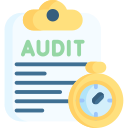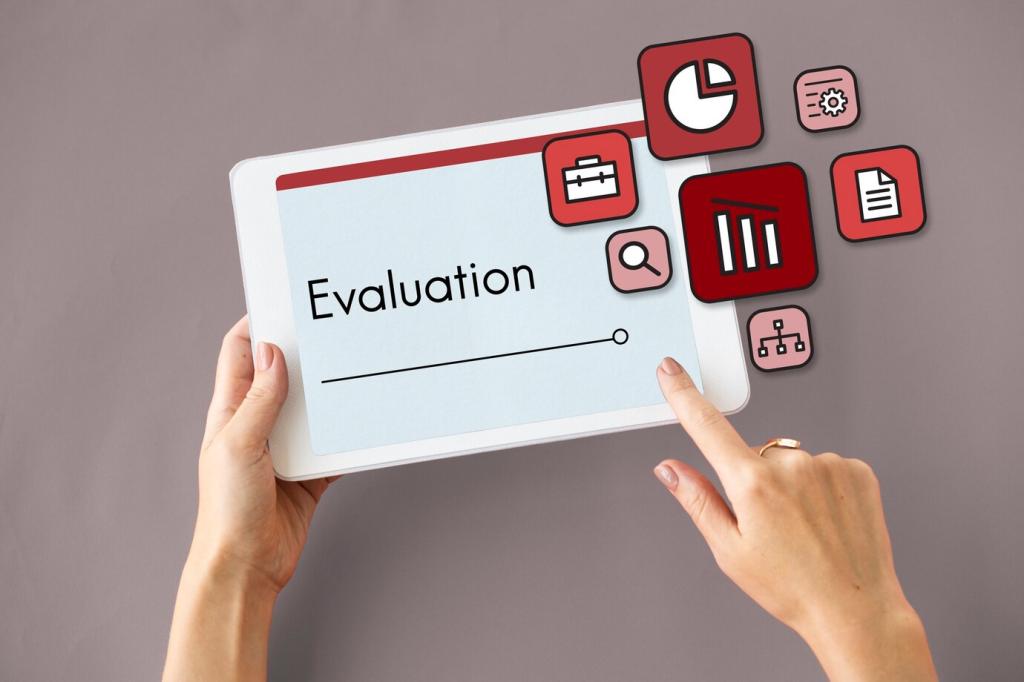Auditing Cloud, SaaS, and Zero-Trust Architectures
Future audits document exactly which controls live with the provider and which remain internal, then test the integrations that bind them. Evidence includes SOC reports, cloud posture analytics, and runtime logs that prove responsibilities are executed. How do you avoid gaps at these handoffs? Comment with your favorite control mapping approach.
Auditing Cloud, SaaS, and Zero-Trust Architectures
Zero-trust places identity at the center. Audits verify least privilege, conditional access, and time-bound elevation, backed by tamper-resistant logs. The trend is to test authorization decisions at the policy layer, not just directory settings. What metrics do you track to ensure entitlements don’t silently creep upward over time?
Auditing Cloud, SaaS, and Zero-Trust Architectures
Configurations change constantly. Future audits rely on automated baselines and drift detection across accounts, regions, and providers. Evidence pipelines collect snapshots, diffs, and remediation timestamps. If you’ve built a multi-cloud evidence lake, share your lessons on normalizing metadata across platforms and services.




